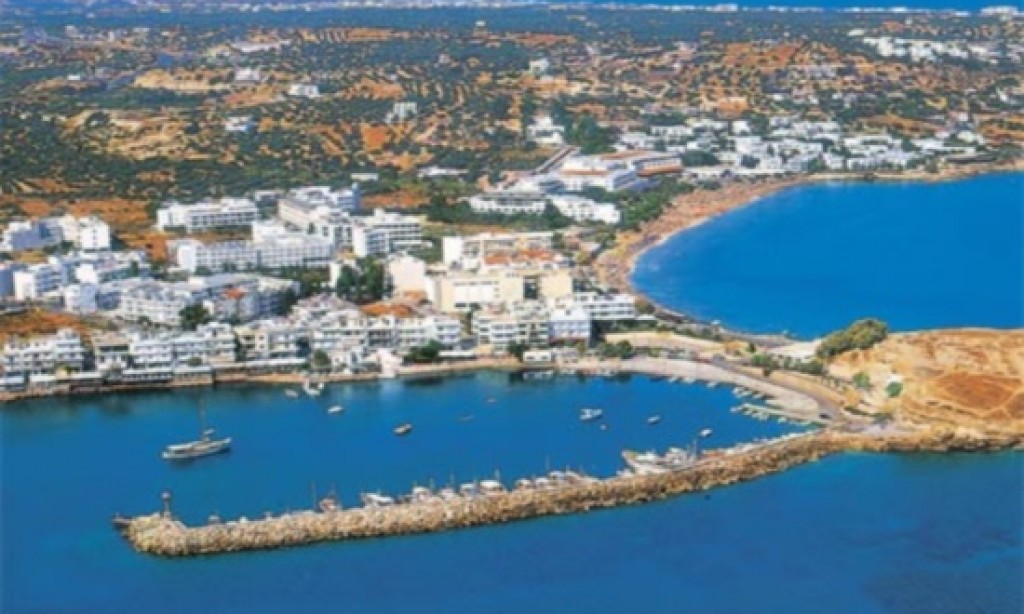The University of Patra undertook activities of creating a Tourism Observatory on behalf of the Cretan Municipality of Hersonissos, a project with a 15,000 euros budget. The goals of the Observatory were described as follows:
– Calculation of the total amount of tourism expenditure as well as qualitative and quantitative determination of consumer categories that constitute it (accommodation, restaurants and bars, transportation, entertainment, shopping and other expenses) in the context of the general consumer model that tourism activates in the region
-Quantification of products supplied for tourism consumption within hotels and the subsequent formation of Per Capita Consumption Indices per night as well as the assessment of annual total quantities of local products (e.g. agricultural products, processed products, water, energy) required at the municipal level
-Determination of the average cost per purchase in select retail stores and quantitative assessment of the annual total quantities of goods (e.g. clothing, footwear, souvenirs, travel goods) at the municipal level and the formation Per Capita Consumption Indices
– Determination of the average tourist expenditure and main national origins of restaurant clients in the restaurant
-Determination of the degree that tourism consumption in selected characteristic tourism related industries is organically connected to the local and regional production structure (branches of the primary and secondary sectors), in order to assess the impact of tourism demand in the domestic production and imports
-Development of a complete database of all commercial, industrial / technical activities and services with particular emphasis on tourism characteristic activities (tourism enterprises registry, accommodation of all kinds, travel agencies, car and motorcycle rentals, road transport tourist companies). This database shall reflect qualitatively and quantitatively the sectoral structure of the municipality and enable the monitoring of its evolutionary structure in time (enlargement or shrinking of examined industries).
-Collection and recording of numerous other indicators and data such as arrivals and hotel nights by nationality, numbers of tables in restaurants, numbers of rented vehicles, and functional data for examined business sectors.





